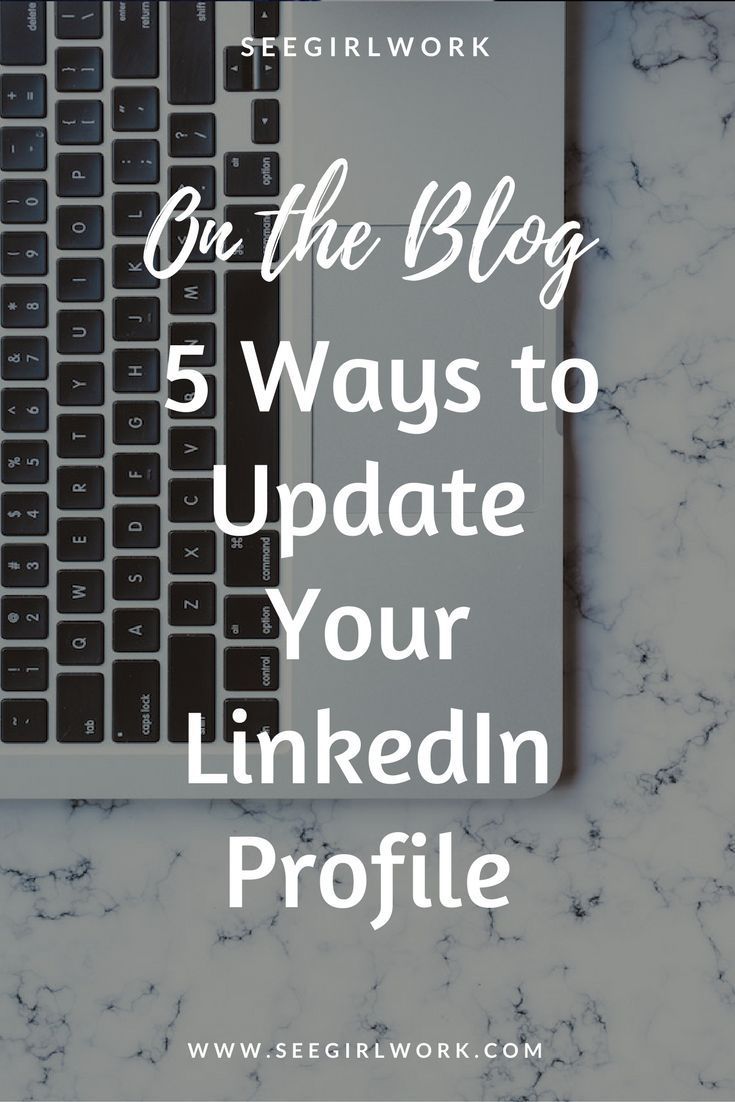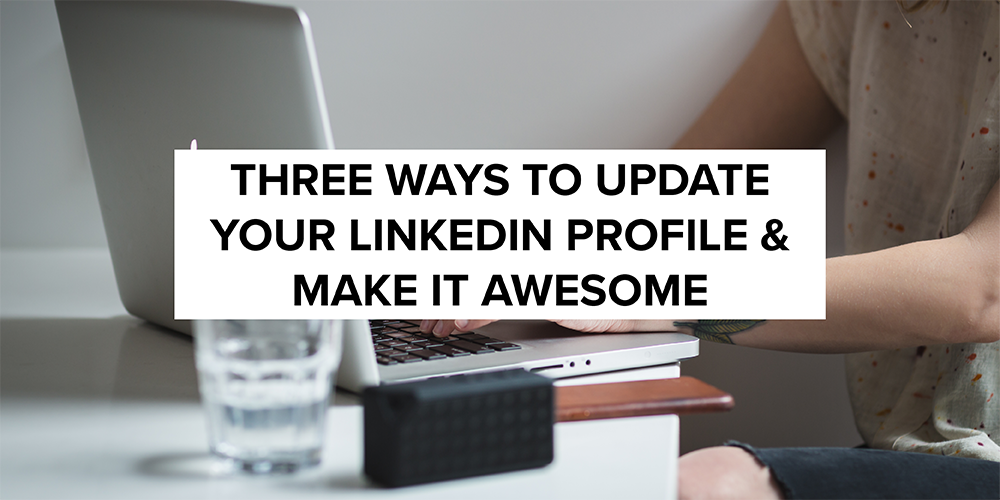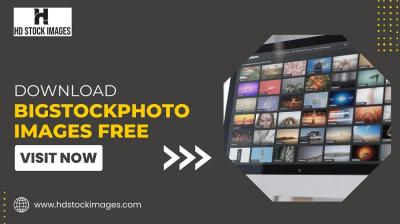Changing jobs is an exciting chapter in your career, and it’s crucial to reflect that on your LinkedIn profile. After all, your online presence is often the first impression potential employers have of you. But when is the best time to make those updates? In this post, we’ll dive into the timing and significance of keeping your LinkedIn profile fresh after a job change. Let's ensure you shine in your new role!
Understanding the Importance of an Updated LinkedIn Profile

Imagine walking into a networking event with outdated information on your name tag—it wouldn’t make the best impression, right? The same principle applies to your LinkedIn profile. Here are a few reasons why updating your profile promptly after a job change is essential:
- Professional Branding: Your LinkedIn profile serves as your online resume. An updated profile reflects your current skills and accomplishments, showcasing your growth and expertise in your new role.
- Networking Opportunities: Connections on LinkedIn often check profiles for the latest updates. An updated profile helps keep your network informed about your career journey, opening doors for new conversations and opportunities.
- Visibility to Recruiters: Recruiters frequently use LinkedIn to find candidates. An updated profile increases your chances of being discovered for exciting new positions that align with your career goals.
- Engagement with Content: Once your profile is updated, you can share relevant content related to your new role or industry, positioning yourself as a thought leader and engaging with your connections.
Now, let’s break down the key elements to consider when updating your profile:
- Job Title and Description: Clearly state your new job title and include a brief description of your role and responsibilities. This not only provides context but also highlights your skills.
- Skills: Add any new skills you've acquired or enhanced, ensuring they align with your current position. This helps your profile remain relevant and attractive to both connections and recruiters.
- Accomplishments: If you've achieved specific milestones in your new role, showcase them! Whether it's completing a project ahead of schedule or receiving recognition from peers, these details can significantly impact your profile.
- Profile Picture and Banner: Consider updating your profile picture and banner image to reflect your current professional vibe. A fresh look can make a big difference in how you’re perceived.
In conclusion, keeping your LinkedIn profile updated after a job change is not just about listing your new position; it's about presenting yourself authentically and connecting with your network. Remember, your profile is a tool for growth, networking, and opportunity—so take the time to make it shine!
Also Read This: What Does '3rd+' Mean on LinkedIn? Understanding Network Tiers
3. When to Update Your LinkedIn Profile

So, you’ve just landed a new job—congratulations! 🎉 But before you dive into your new role, it’s crucial to update your LinkedIn profile. Timing is everything, right? Here’s a handy guide on when you should make that update:
- Immediately After Accepting the Offer: Once you’ve signed that offer letter, it’s time to update your profile. This shows potential connections and recruiters that you’re on the move and ready for new challenges. Plus, it can help you network within your new company even before you start.
- After Your First Week: A week in, you’ve probably settled into your role. This is a great time to add any relevant details about your responsibilities, projects, or the skills you’re utilizing. It adds depth to your profile and showcases your expertise right from the start.
- After Major Milestones: As you hit significant milestones—like completing training, launching a new project, or receiving recognition—don’t forget to update your profile. This not only highlights your achievements but also keeps your professional narrative dynamic and engaging.
- Regularly, Even If Not Changing Jobs: Updating your profile should be an ongoing process. Set a reminder every few months to review and refine your profile, ensuring it always reflects your current situation and aspirations.
By keeping your profile updated at these key moments, you’ll ensure that you’re always prepared for new opportunities and connections. Remember, LinkedIn is a powerful tool, and a well-maintained profile speaks volumes about your professionalism!
Also Read This: Are LinkedIn Recruiters Legit? How to Spot Genuine Opportunities
4. Steps to Effectively Update Your Profile

Updating your LinkedIn profile doesn’t have to be a daunting task. With a few simple steps, you can make your profile shine and accurately reflect your career journey. Here’s how to do it effectively:
- Add Your New Position: Start by updating your current job title and company. Make sure to include your start date and a brief description of your role. Use action verbs to describe your responsibilities and what you aim to achieve.
- Highlight Accomplishments: Under your new job listing, list out your key achievements. Use bullet points for clarity. For example:
- Increased sales by 20% in the first quarter.
- Led a team of five to successfully launch a new product.
- Update Skills: After a job change, you might find that new skills are necessary. Add these to your profile, especially those that align with your new role. Remember to keep it relevant.
- Refresh Your Summary: Your summary should capture your professional essence. Tailor it to reflect your new job and career goals. Use this space to connect your past experiences with your future aspirations.
- Engage with Your Network: Once your profile is updated, don’t forget to share a post announcing your new role! This not only informs your connections but also opens up the floor for networking opportunities and support from your peers.
Updating your LinkedIn profile is not just about changing your job title—it's about telling your professional story. Make it engaging, accurate, and reflective of your journey, and you’ll be well on your way to leveraging LinkedIn to its fullest potential!
Also Read This: How to Find RFPs on LinkedIn for Business Opportunities
5. How to Highlight Your New Role and Achievements
Updating your LinkedIn profile after a job change is not just about changing your job title; it's an opportunity to showcase your new role and the achievements that come with it. Here’s how to make your profile stand out:
- Update Your Headline: Your headline should reflect your new position and the value you bring. For example, instead of just "Marketing Manager," try "Marketing Manager | Driving Growth Through Innovative Campaigns." This not only tells people what you do but also hints at your skills and impact.
- Revamp Your Summary: Your summary is your chance to tell your story. Start with a brief introduction of your new role and then highlight key achievements. Use metrics to back up your successes, such as "Increased sales by 30% in the first quarter" or "Led a team that improved customer satisfaction scores by 15 points."
- Showcase Relevant Skills: Tailor your skills section to align with your new position. If your new job involves data analysis, make sure to include skills like "Data Visualization" or "Statistical Analysis." This helps recruiters see you as a perfect fit for your industry.
- Highlight Projects and Accomplishments: Use the "Featured" section to showcase projects that demonstrate your expertise. If you launched a successful product or led a major initiative, include links, documents, or presentations that illustrate your impact.
- Get Endorsements and Recommendations: Reach out to colleagues and supervisors from your new job to endorse your skills or write recommendations. Their insights will add credibility to your profile and can make a big difference in how potential employers view you.
By focusing on these areas, you can effectively highlight your new role and make it clear to everyone that you’re not just another employee; you’re a valuable asset bringing fresh ideas and results to your new team.
Also Read This: How to Manage Job Alerts on LinkedIn: A Guide to Personalizing Job Notifications
6. Engaging Your Network After a Job Change
After changing jobs, it’s essential to engage with your network to maximize your new opportunities. Here are some creative ways to keep your connections informed and engaged:
- Share a Thoughtful Announcement: Post an update about your new role, including what excites you about this change. You might say, “Thrilled to join [Company Name] as [Your New Position]! Looking forward to tackling new challenges and contributing to an incredible team.” This personal touch invites comments and interactions.
- Post Regular Updates: Regularly share insights or lessons learned in your new role. For instance, if you’re implementing a new strategy that’s yielding results, write a post about it. This keeps your content relevant and shows your network that you're engaged in your profession.
- Engage with Content: Like, share, and comment on posts from your network. This not only keeps you visible but also fosters relationships. A thoughtful comment can spark a conversation and lead to deeper connections.
- Join Relevant Groups: Find groups related to your industry or interests on LinkedIn. Participate in discussions, ask questions, and share your expertise. This can expand your network and position you as a knowledgeable resource.
- Host a Virtual Coffee Chat: Reach out to former colleagues or connections for a casual chat. Use this time to catch up, share your new experiences, and learn about their current projects. It’s a great way to maintain relationships and discover new opportunities.
Engaging your network after a job change is about building relationships and sharing experiences. By being proactive and authentic, you can turn your job transition into a powerful networking opportunity.
Also Read This: How to Mark a Job as Applied on LinkedIn and Track Your Applications
7. Common Mistakes to Avoid When Updating Your Profile
Updating your LinkedIn profile after a job change can feel like a daunting task, especially with all the elements to consider. However, avoiding certain pitfalls can make the process smoother and more effective. Here are some common mistakes to steer clear of:
- Neglecting to Update Your Headline: Your headline is often the first thing people see. Failing to update this can lead to confusion about your current role. Make it reflective of your new position and expertise.
- Using Generic Job Descriptions: Don’t just copy and paste the job description from your employer's website. Instead, personalize it to highlight your unique contributions and achievements in the role. For example, instead of saying "Managed a team," you might say "Led a diverse team of five to exceed quarterly sales targets by 20%."
- Ignoring Your Summary: Your summary is your chance to tell your story. If you leave it unchanged, you miss the opportunity to convey your career journey and aspirations. Craft a compelling narrative that links your past experiences with your future goals.
- Not Refreshing Your Skills Section: Make sure your skills reflect your latest expertise. If you’ve gained new skills in your recent job, add them! Consider prioritizing those that are relevant to your career path or industry trends.
- Forgetting to Connect with New Colleagues: After a job change, it’s essential to expand your network. Don’t forget to connect with new colleagues and add them to your growing network!
- Neglecting Recommendations: Recommendations from your previous job can be valuable. Reach out to former colleagues or supervisors to ask for updated endorsements that reflect your latest work.
- Skipping the Profile Photo Update: If your appearance has changed significantly, consider updating your profile photo. A professional image helps create a positive first impression.
Avoiding these mistakes can enhance your profile's effectiveness and ensure you present yourself in the best light possible after your job change. Remember, your LinkedIn profile is often the first impression potential employers or networking contacts will have of you, so make it count!
8. Conclusion
Updating your LinkedIn profile after a job change is not just about changing your job title; it's about showcasing your professional evolution and positioning yourself for future opportunities. By taking the time to thoughtfully update your profile, you enhance your visibility and credibility within your industry.
Remember to avoid common pitfalls like neglecting your headline or summary, and don't underestimate the power of connecting with new colleagues. Keep your skills and endorsements current, and ensure that your profile photo reflects who you are today.
In the ever-evolving world of LinkedIn, staying proactive is key. Consider setting a reminder to review your profile periodically, even if you haven't switched jobs recently. This ongoing attention can keep your professional presence sharp and relevant.
Ultimately, think of your LinkedIn profile as a living document, one that grows with you throughout your career. So, embrace the change, update your profile, and watch as new opportunities unfold!
 admin
admin








